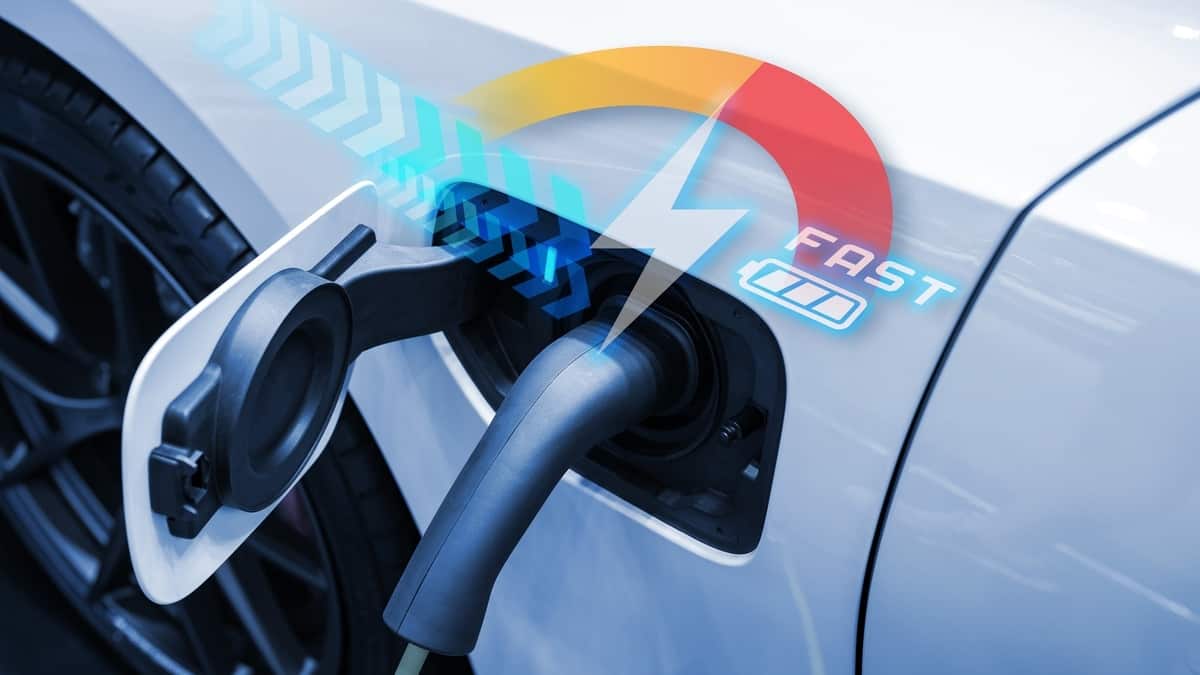Government-backed Flinders University and its French electricity partner Engie have finally opened a new electric vehicle charging station with vehicle-to-grid (V2G) capability. The pilot project, funded by the South Australian government, enables EV batteries to replenish or serve as energy storage to support the power electric grid.
Project details
The newly launched project reportedly supports up to 10 different EV models like the Nissan Leaf. It allows compatible EVs to charge their batteries or return excess power to the electric grid.
Flinders University also claims that the charging station utilizes pure renewable energy in all its activities. Notably, 20% come from the station’s built-in solar arrays.
For context, the V2G technology allows EV owners to store energy on their batteries when there is a high electricity supply, making it less expensive. Meanwhile, they can return their excess energy to the power grid during high demand, particularly during extreme heat and black-out.
Significance
Bi-directional charging technology is indeed helpful for households and even commercial businesses, especially during emergencies and high electricity demand.
For instance, a strong cyclone devastated many areas in New Zealand in February. In response, Ecotricity provided many vehicle-to-load (V2L) EVs to affected families that lost electricity access from the grid. These EVs enabled these families to open their refrigerators and charge their mobile phones while repairs were ongoing.
See Also:
- Virta enters Australia with “superfast” chargers and V2G
- EV technology to reduce Australian customers’ electricity bills
- Users can earn up to $15,000 for EVs with a V2G charger
- Toyota and Oncor to explore EV technology with new V2G pilot program
- General Motors partners with PG&E to explore EV capabilities for V2H, V2G, and Virtual Power Plants
Technologies like vehicle-to-grid (V2G) are gaining prevalence in today’s world, considering that there are increasingly more EVs that need electricity. That said, it would be unsurprising if there were more homes to have these technologies in the coming years.

